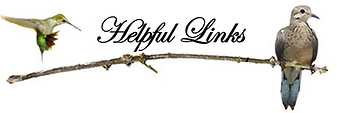

Asiatic Bittersweet
The Maine Department of Agriculture and Forestry, through its Maine Natural Areas Program, has an inclusive and thorough description of the Asiatic Bittersweet, which is described as widespread and severely invasive.

Bees of Maine

The Bees of Maine Fact Sheets below are provided by Jennifer Lund, State Apiarist of the Maine Department of Agriculture, Conservation and Forestry. In Maine, there are over 270 species of bees!
The Maine Apiary program website also includes Bulletin #7153, Understanding Native Bees, the Great Pollinators: Enhancing Their Habitat in Maine.
A Word Of Warning About Browntail Moths
"We had an oak tree near our clothesline which was infested in the early summer of 2017 and I had no idea how lethal the little brown hairs can be. It is like a bad case of poison ivy if they get on you or on the clothes you have hung out near them. You will be miserable for about ten days. Very uncomfortable! Be alert!"
If you have hardwoods on your property –especially oaks, apples, hawthorns, roses, or cherries, you will want to inspect them for Browntail Moth winter webs ASAP, before the leaf buds open and the caterpillars become active.
Click below to download the PDF from Ken and Marnie Crowell
Click on the video link below to see a demonstration on removing browntail most nests safely.
Japanese Knotweed
The Maine Department of Agriculture and Forestry, through its Maine Natural Areas Program, has an inclusive and thorough description of Japanese Knotweed, which is described as widespread and severely invasive.

Monarch Butterflies

The U.S. Fish and Wildlife Service proposes Endangered Species Act Protection for the Monarch Butterfly and
urges increased public engagement to help save the species. More details at: Monarch (Danaus plexippus) | U.S. Fish & Wildlife Service